Everyone's talking about big data, some have implemented systems to collect it, but few are utilizing the full potential of the data generated by their machines and processes. With its electric and hydraulic presses for precise forming of ceramics and metal powder, Dorst uses B&R technology to offer its customers particularly easy access to this treasure trove of information. Customers who equip their machines for intelligent maintenance can choose which data is collected and who has access to it.
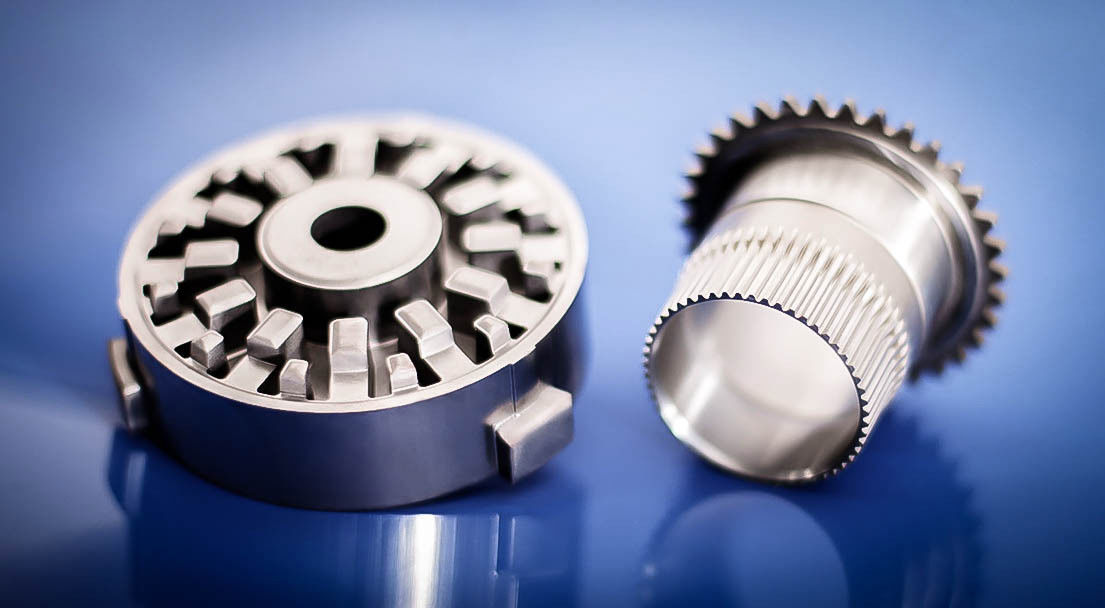
Time and again, a production batch will contain a few bad apples that don't meet the buyer's quality requirements and result in the entire delivery being rejected. This can be as bad for the supplier's reputation as it is for their bottom line. Dorst Technologies, Bavaria-based manufacturer of presses and plants for the forming of metallic or ceramic powders and granulates, is dedicated to ensuring that this doesn't happen to its customers.
A powder press with added value
The key word is digitalization. As early as 2016, the 150-year-old company established a digitalization department – positioning itself as a pioneer of Germany's Industry 4.0 movement. This move served two objectives. On the one hand, the new department was tasked with examining and evaluating internal processes that had evolved over decades, including production logistics and the manufacturing processes themselves. On the other hand, they were to identify potential for digitalization and new services that would be attractive and valuable to Dorst customers.
Digitalization is still new territory for both machine builders and operators, and hard evidence of specific benefits hard to come by in the early phases of implementation. Persuading customers to take a leap of faith with the initial investment can therefore be a challenge. "It quickly became clear that whatever solution we offered would have to generate noticeable added value for our customers as early as possible," says Director of Information Technology Herbert Gröbl, who heads the digitalization team and with nearly 30 years at the company knows Dorst better than most. "The best way to do that is to give them access to their untapped reservoir of machine and process data in manageable steps and with clearly defined objectives."
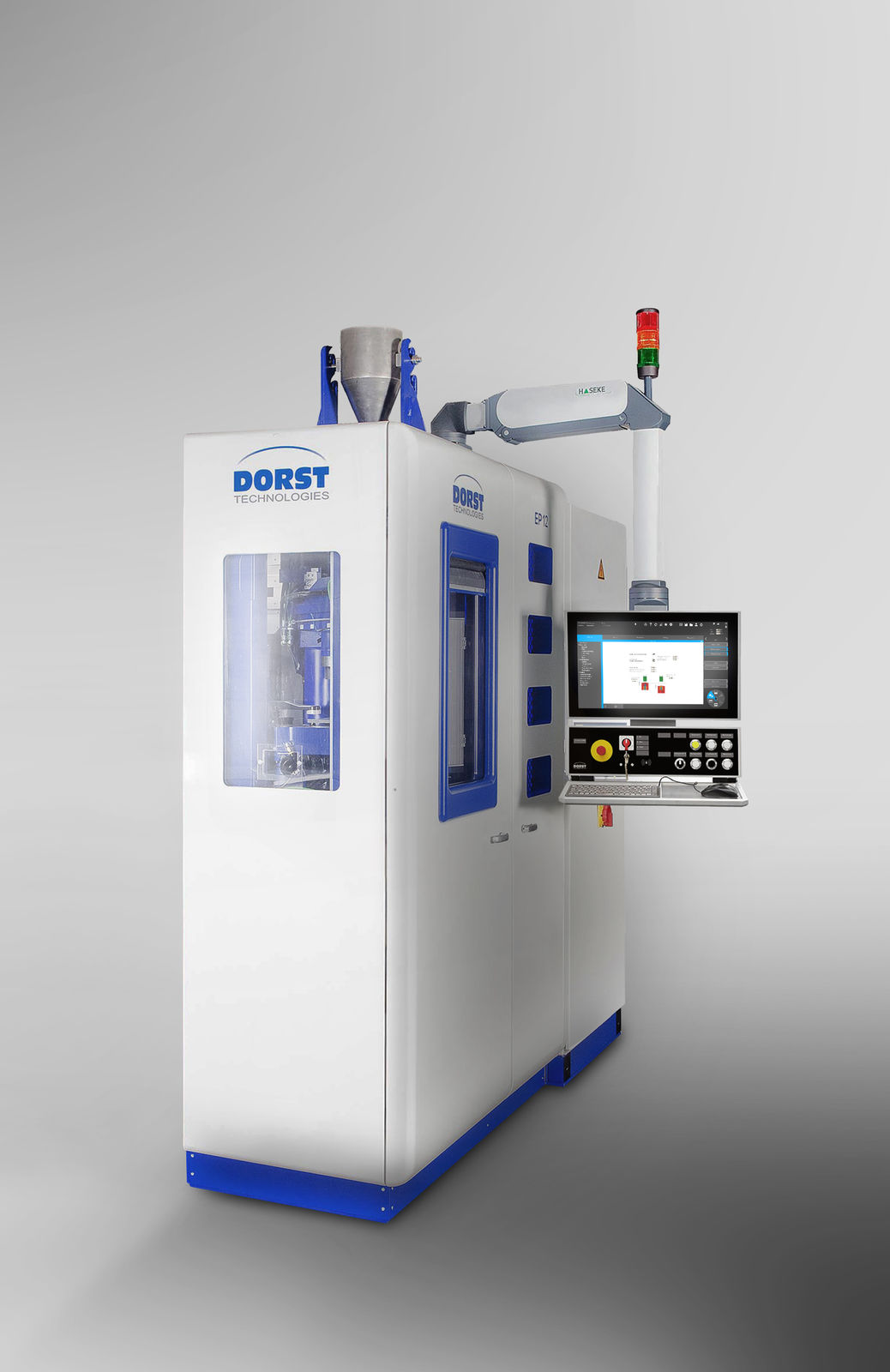
Efficient access to big data
Gröbl and his team were looking for a software solution that would enable them to do this with minimal cost and effort, yet maximum security and flexibility. The first place they turned was to the big-name software giants. "These companies were offering very advanced IoT platforms with many of the features we had in mind. However, these were typically closed systems with enormous price tags. On top of that, there was a generally lack of experience when it came to bridging the gap between the machine and the software," notes Gröbl.
After initial discussions, Dorst turned down a custom solution from a software company. "As software specialists, there's no question they know their stuff," Gröbl concedes. "The problem was that we would have had to spell out every detail of every step along the way. And in the end, we would have had a partner at our side that, at least internationally, was largely an unknown."
That's a deal breaker for many customers, so the search for a more out-of-the-box solution continued. Dorst has been using B&R products for many years, so it made sense to have a look at the automation specialist's APROL software – already well-established in the areas of process and factory automation – and test its suitability as a digitalization platform.
"It didn't take long for us to realize that APROL would be the way to go. The platform already had almost everything we needed," Gröbl recalls. "And so, soon after implementation began in 2017, we already had our first tangible results." His team was supported by APROL experts from B&R and its long-standing Qualified Partner, Megasystems. The solution arrived at through this joint development is exceptionally modular, open and scalable and meets the latest security standards.
No impact on existing assets
B&R offers a variety of communication interfaces that make it possible to tap into data generated by many types of machine and plant controllers. Dorst chose a different route, however. To rule out any risk of impacting existing systems in a way that would make it necessary to revalidate them, Dorst equips its presses with a second controller, identical to the machine controller, that couples out the machine and process data. This also makes it possible to connect additional sensors without having to modify the primary machine controller.
"All the data collected in this way is exclusively the property of the user," says Gröbl. They can build their own IoT solution around it, or hook it up to an existing MES system – as long they have the IT and database expertise these approaches require. For those that don't have this expertise in-house, Dorst created two levels of more in-depth solutions.
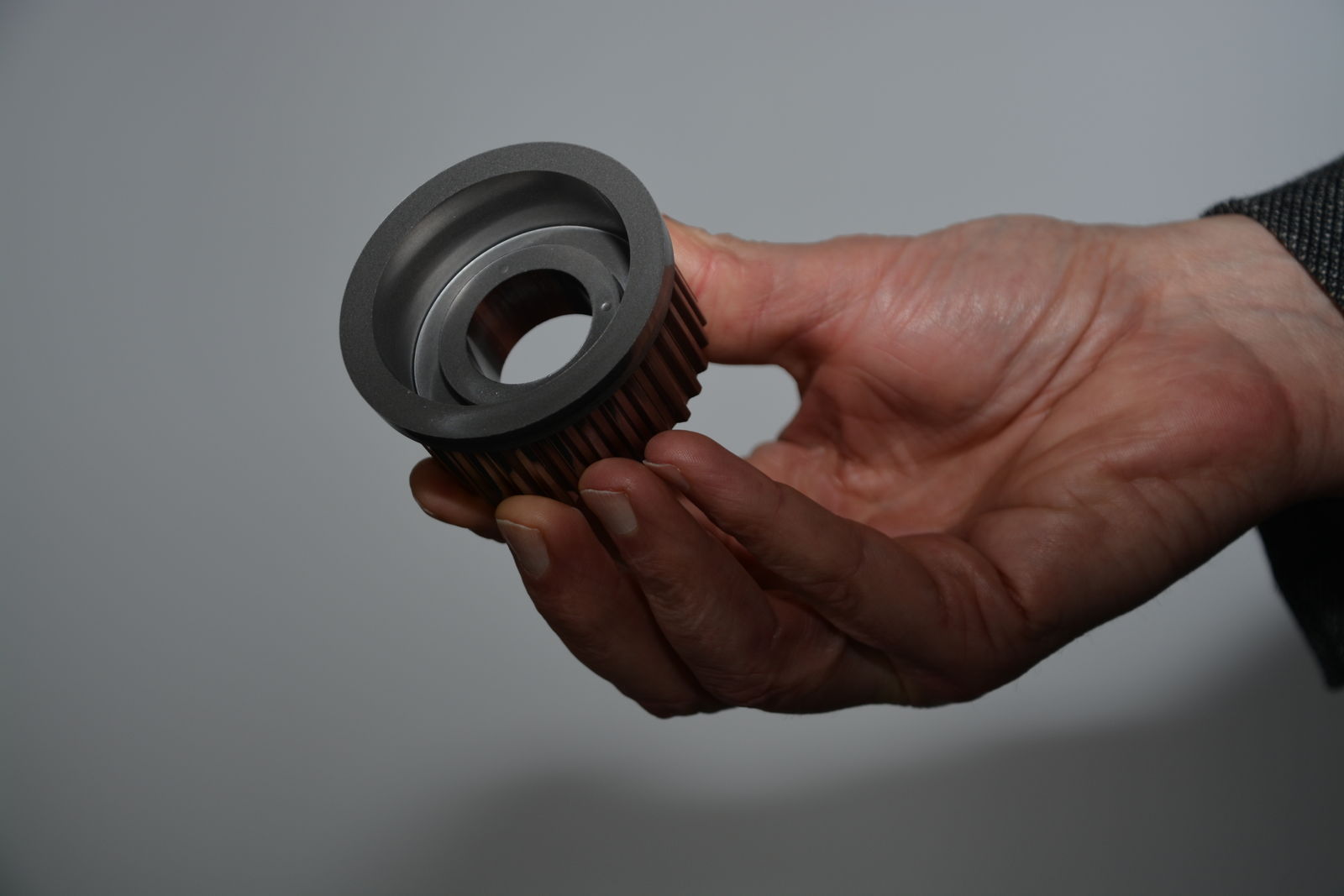
With Dorst's intermediate-level solution, data is collected on an edge controller located on site at the user. This data collector consists of a B&R industrial PC, on which an APROL runtime version is installed that requires only a one-time licensing fee. This PC is able to collect data from multiple Dorst presses. Should the processing or connectivity requirements evolve, it's no problem to switch to a more powerful industrial PC from the B&R portfolio.
APROL offers various containers for storing data. It's a simple matter of configuration to define which data goes into which container. This makes it possible to separate process data from machine data and handle each in different ways. The APROL system configuration doesn't require any expertise in database management, and allows Dorst to offer transparent traceability of the flow of data.
Flexible data preparation and custom reporting
Data supplied by the machine controllers can be checked and pre-processed on the edge controller. This reduces the volume of data that needs to be handled in subsequent steps by filtering out only what is relevant and validated. It is also possible to only record certain data when triggered by an event such as an alarm, error or stoppage. Data from multiple processing steps at different times can also be mapped to a specific part number. This makes it possible, for example, to link the amount of force exerted during pressing to a subsequent measurement of the same part.
The broad spectrum of ready-made processing functions offered by the B&R software platform makes it possible to implement seamless documentation of all machine and process data with a remarkably small amount of actual programming. Dorst used a counter function, for example, to set up a sort of "odometer" that keeps track of the cumulative load applied by the hydraulic cylinders that drive the tools. Based on this information, users can draw conclusions about the remaining service life of these important and very expensive components. The counter function is also applied across multiple machines to track the total number of rejected parts.
This data is stored in an integrated database and can be retrieved via OPC UA by higher-level systems such as the customer's MES system. "An aspect that is particularly important to us is the openness of the APROL system, which in this case allows us to transfer data from the internal APROL database to a MariaDB database," says Gröbl. "This ensures that our users can easily access the data via JDBC or ODBC, or even set up their own reporting tools."
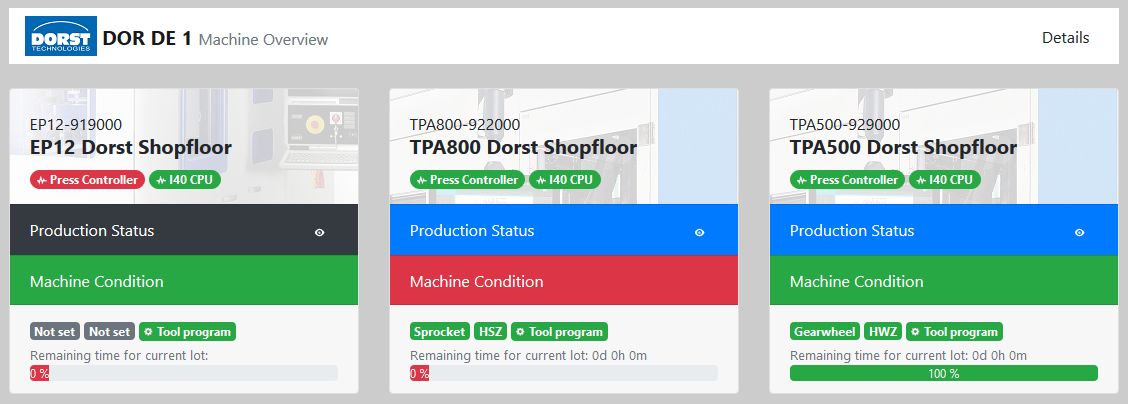
Smart maintenance
With its most comprehensive solution, Dorst offers its customers even more advanced services based on user-generated data. Data that has been authorized by the user can be sent to a central logging server via the same router used for remote maintenance of the machines. "There are NDAs and data usage agreements that clearly define what data we are permitted to view," notes Gröbl. The necessary cybersecurity is provided by a VPN connection over the Internet, additionally secured by certificates that ensure compliance with even the stringent security requirements of the process manufacturing industry. The logging server does not require a continuous connection to the routers. Instead, data is stored intermediately on the edge controller and retrieved at regular intervals, ensuring that the services are unimpaired by temporary network interruptions.
"The data we receive is processed and then interpreted by our machine experts, who are able to do things like estimate the remaining service life of hydraulic pumps by looking at the amount of oil leakage. That's what we call smart maintenance," says Gröbl. "We're also working on an automated predictive maintenance systems based on deep learning algorithms."
Both live and processed data can be visualized clearly and intuitively in the sophisticated dashboards of APROL's DisplayCenter. Reports can be embedded directly via an HTML call or made available to the customer on their edge controller. The JasperReports software included with APROL enables Dorst to provide its customers reports that are perfectly tailored to their needs and preferences. The machine builder has also added a standard reporting tool based on the MariaDB database, further expanding the reporting options available to users.
"These features go to show how, using B&R's proven software, we have developed a flexible, future-ready IoT platform that helps us deliver clear added value to our customers right away. This provides optimal support in their efforts to seamlessly document and optimize their manufacturing processes," summarizes Gröbl. "The full potential of the platform is far from exhausted, however. We're currently working with customers on advanced functions and services that will further increase the efficiency and availability of their manufacturing systems."
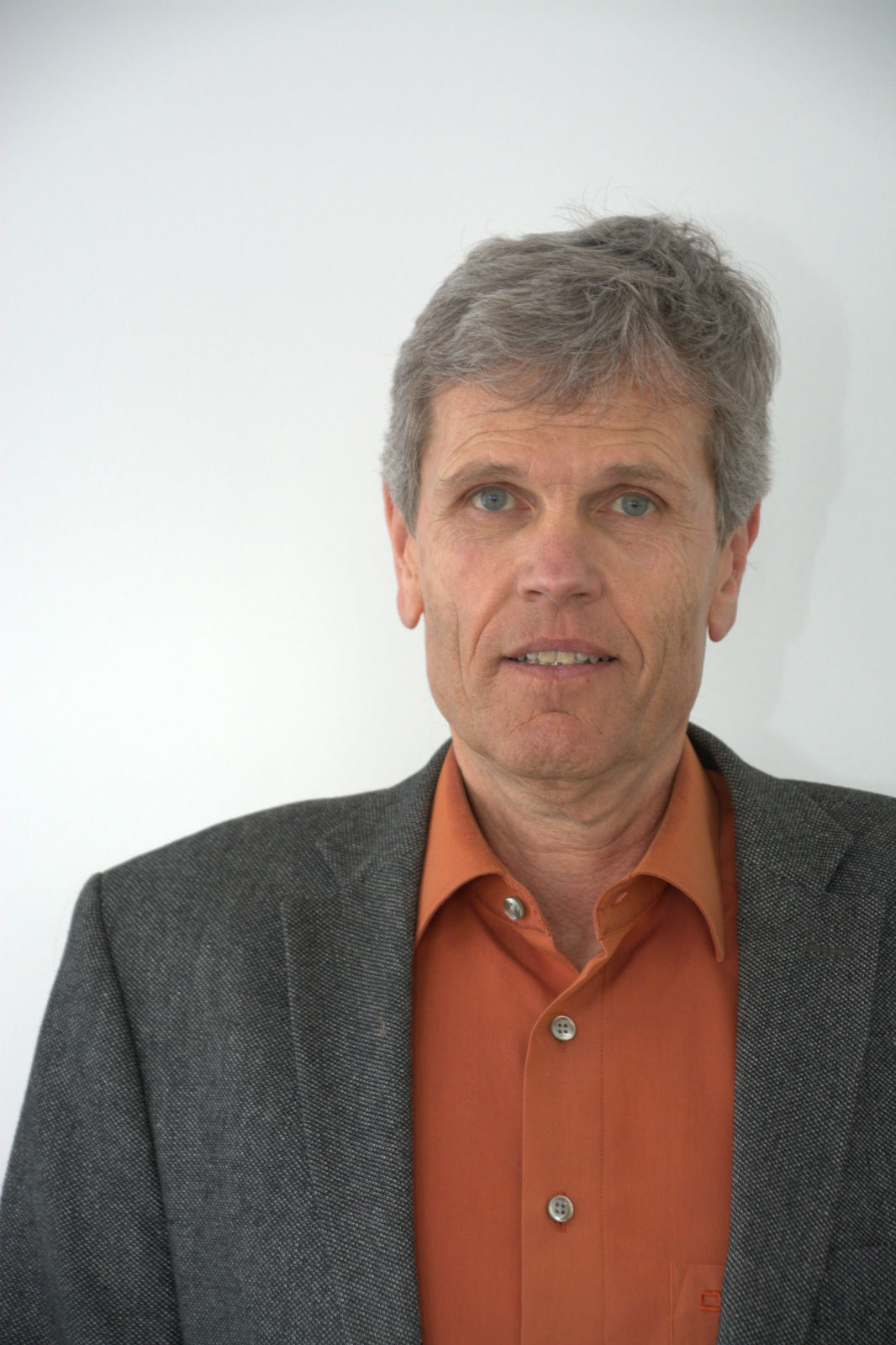 | Herbert Gröbl Director of Information Technology, Dorst Technologies "Using B&R's proven software, we have developed a flexible, future-ready IoT platform that helps us to deliver clear added value to our customers right away. This provides optimal support in their efforts to seamlessly document and optimize their manufacturing processes." |